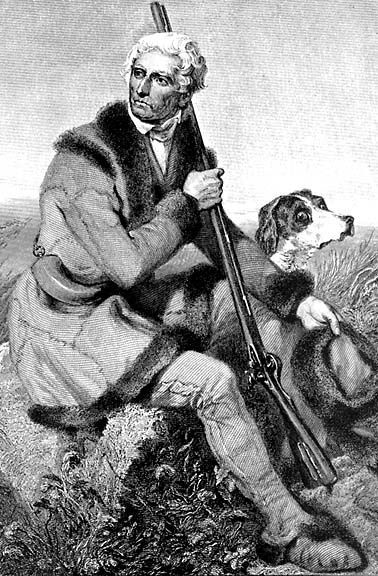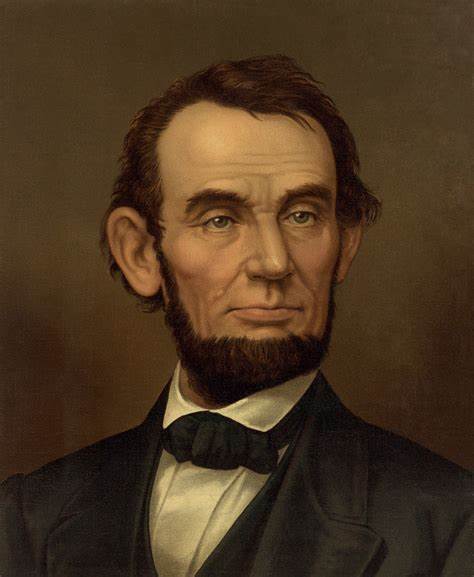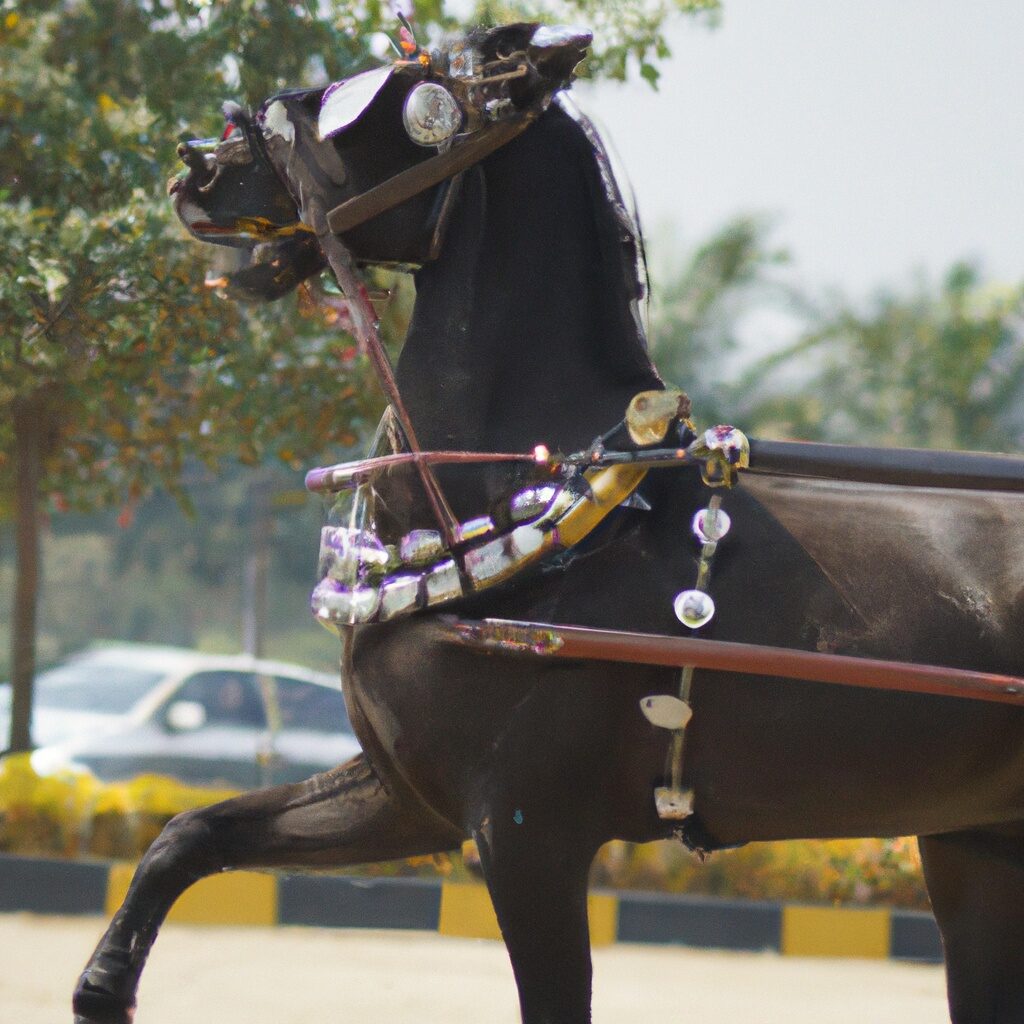LESSON 2.13a
What Statements to Avoid
Pedagogy
A “What Statement” and a “Subject” are almost the same thing. The main difference is that we can break down a What Statement into its parts. It is difficult to do that with a “Subject.”
What Statements to Avoid
Certain What Statements will result in a bad subject:
- One variable
- Using is or are as your verb
- Not having a verb or verb phrase
- Coloring an Old variable
- Thinking a personal subject is always interesting
One Variable

Make sure students’two variables are distinctly different. For example, the following What Statement seems to have its New information “on the bar.”
Daniel Boone was one of America’s greatest frontiersmen.
The formula seems to be this:
Variable 1: Daniel Boone Old information
Variable 2: one of America’s greatest frontiersmen Old information
The bar: was New information
However, there is only one variable. Daniel Boone and one of America’s greatest frontiersmen are the same thing. When students write about Daniel Boone, they will surely mention that he was one of America’s greatest frontiersmen.
Students should write papers or other documents one variable at a time. Students will not have anything to say when they write about “one of America’s greatest frontiersmen.” They will already have said it. Dividing one variable into two parts is like playing basement and both first and second base are at the same place.
A good What Statement using Daniel Boone might be—
Daniel Boone lived by the phrase he coined, “Be sure you’re right, then go ahead.”
Now we have:
Variable 1: Daniel Boone except for his famous saying. (Old information)
Variable 2: Daniel Boone’s famous saying. (New information)
Variable 2 is “New” because it contrasts with Ben Franklin’s saying of “Try and try again until you succeed.” Boone’s statement suggests that Franklin’s idea is not always a good one.
Another What Statement using Boone might be—
Daniel Boone opened the Cumberland Gap
Variables:
Variable 1: Daniel Boone (Old information)
Variable 2: Cumberland Gap (New information)
One Variable
Closely related to the one variable problem is the use of to be and closely related verbs in the relationship. Those include:
Present Tense Past Tense
Is/Are Was/Were
Becomes/Become Became
Seems/Seem Seemed
Feels/Feel Felt
Include/Includes Included

Such verbs usually create one variable. For example:
Abraham Lincoln was the first Republican president.
However, using to be and closely related verbs is fine if the student is careful to distinguish what the two variables include. For instance:
Variable 1: Abraham Lincoln
Variable 2: Abraham Lincoln and the beginnings of the Republican Party
Not Having a Verb or Verb Phrase
Students often confuse What Statements and titles. The first of a What Statement’s three properties[1] is that it must be a sentence. Titles rarely are sentences. The problem seems an easy fix – add a verb – but students often appear incapable of completing the task. For example, in research-paper writing I show them that titles in academic articles often make excellent What Statements if the title can be transformed into a sentence:
The Response of Savannah Elephants to Seasonal Changes in Southern African Rainfall[1]
This title sometimes baffles students. The change seems obvious to us teachers: change response to respond, and move it after elephants. But students often create What Statements such as—
Savannah elephants and seasonal changes in Southern African rainfall
The response of savannah elephants because of seasonal changes in Southern African rainfall
Savannah elephants and rainfall
… and any number of other articulations. I emphasize that transforming a title into a What Statement usually involves simple changes, but students too often want to make the creation of What Statements difficult.
“Coloring” an Old Variable
Students often make the mistake of adding a strange characteristics to an Old variable in the hope of making it New. For example:
If I could be any wild animal, I would be a pink whale with purple spots.
Here, the variable is still a “whale,” which is Old information. And since I is almost always Old, we have Old + Old = poor subject.
[1] (a) Must be a sentence (b) Must have two variables (c) at least one variable or their relationship must be New information.
[2] I have changed the actual title for demonstration purposes.
Thinking a Personal Subject Makes It New
 Students also often mistake a personal subject for New because potential readers do not know anything about it. For example:
Students also often mistake a personal subject for New because potential readers do not know anything about it. For example:
My horse, Flicka, has won over a dozen trophies in our county fair.
Variable 1: My horse, Flicka Old information
Variable 2: Flicka’s dozen trophies Old information
To be New, a variable must have a high probability of being New and Interesting to potential readers. Readers are adult strangers. They do not know the student, and it is unlikely that they care if Flicka has won trophies. That is important to the student, but it is unimportant to readers.